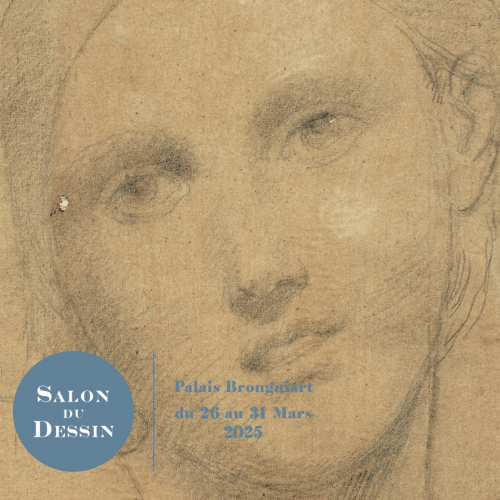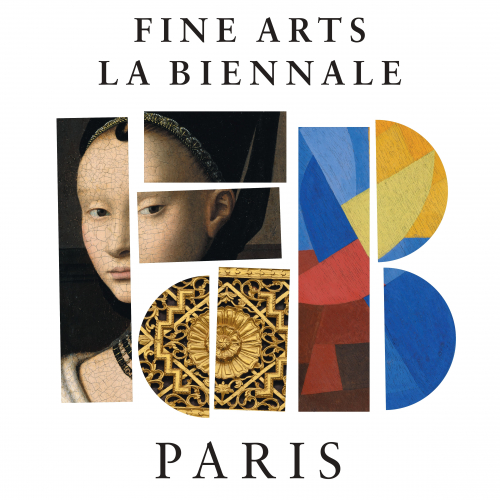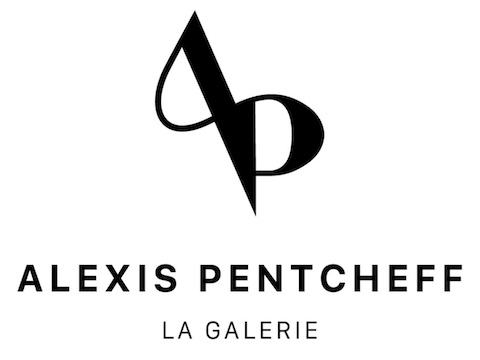Before becoming the artist the art world knows, Odilon Redon was a solitary being torn between two worlds: the bourgeois world of his childhood (he was born into a relatively well-off family in Bordeaux in 1840) and the world of the painter, solitary and hard-working.
As a child, Odilon Redon was a contemplative artist: the time he spent on his estate at Peyrelebade, in the Médoc, near Bordeaux, was an immense source of pleasure for him. First and foremost, it's where he encounters nature, a source of wonder for him. He was a man of the land, marked by its verdant landscapes and vineyards. He often recalls his youth spent there, the gentleness and slowness of time, as well as the wide, dark spaces of his apartments, taming the darkness he would soon project onto canvas. In this large house, he also experienced solitude, and it was from this moment on that he began to develop this fantastic, dark and mysterious imagination.
He neglects his studies. Unsuccessful attempts were made to enter him in an architecture competition. He entered the Beaux-Arts, and the first step in asserting his independence was to leave the studio of painter Jean-Léon Gérôme, which enabled him to retain his freedom, however painfully.
Then came the dilemma presented to him by his private teacher, the watercolorist Stanislas Gorin, telling him to choose between a bourgeois but secure existence or an exciting but uncertain life as an artist.
The Bordeaux engraver Rodolphe Bresdin was also one of his teachers. Bresdin, who lived in great simplicity - not to use the word misery - "in apparent contempt and defiance of all economic and social considerations", instilled in Redon a sense of artistic achievement that was to leave a lasting mark on him.
Botanist Armand Clavaud was another source of inspiration. A draughtsman and friend of Odilon Redon, Clavaud was a professor of botany and later curator of the library at the Bordeaux Botanical Garden. It was through him that Redon entered the world of botany and its unique forms. As a botanist, Armand Clavaud kept sketchbooks in which he took care to reproduce more or less detailed and stylized plant diagrams, which truly fascinated Redon. Such was his interest in these representations that he drew inspiration directly from them for his first lithographs.
In 1880, Odilon Redon launched a large series of charcoals soberly entitled Les Noirs, which laid the foundation for the artist's emergence on the art scene. These charcoals are usually part of several albums, published in limited editions. They explore the world of dreams, dreams and the strange. The legacy of the botanist Armand Clavaud is apparent, as one form follows another, half-human, germinating and striving to rise to a higher level.
In the early 1890s, the artist began to question his use of charcoal and black, perhaps reaching the end of his creative process and considering color. This news worried his entourage, friends and collectors, but marked the beginning of a great and rich creative period. In 1893, Baron de Domecy commissioned eighteen decorative panels for the dining room of his château in the Yonne region. True to his character, Odilon Redon continued to explore shapes and motifs, but this time in color and using pastels. A veritable explosion of color and vegetation floods the panels of this dining room. Much later, in 1910, he was again called upon to create large, colorful frescoes, this time for a new collector and friend, Gustave Fayet.
It was at the Abbaye de Fontfroide, in the heart of the Corbières estate, that Fayet asked the artist to decorate his personal library with gigantic colorful frescoes, soberly entitled, Le Jour, La Nuit et Le Silence.
At the end of his life, Odilon Redon left behind an impressive number of drawings and paintings. With a freshness and audacity that never ceased to renew itself, the artist, by nature shy and solitary, never ceased to create throughout his life with the same enthusiasm as in his early days. This master of symbolism, dreams and spirit died on July 6, 1916, at his home at 129 avenue de Wagram in the 17th arrondissement of Paris.

Salon du Dessin
26 March 2025 - 31 March 2025

FAB 2024
22 November 2024 - 27 November 2024
BRAFA 2024
28 January 2024 - 4 February 2024
